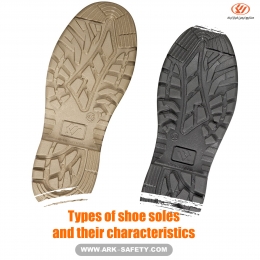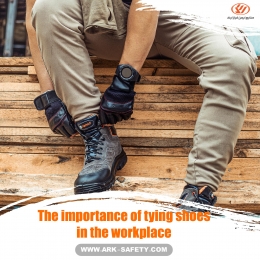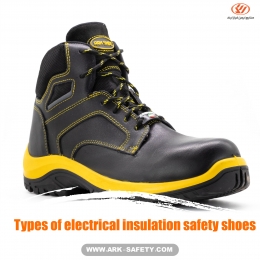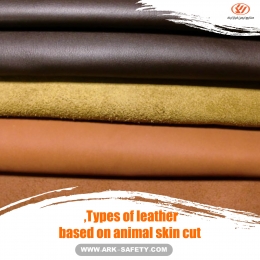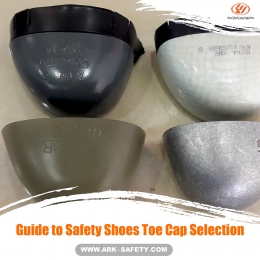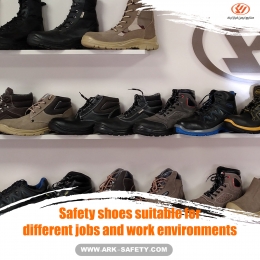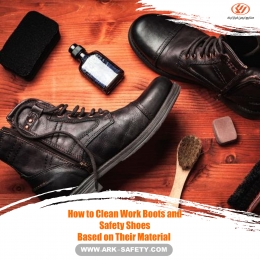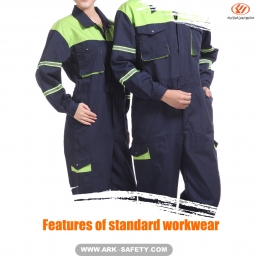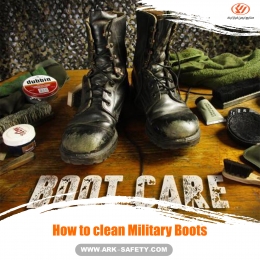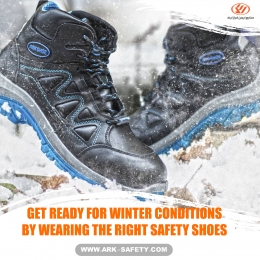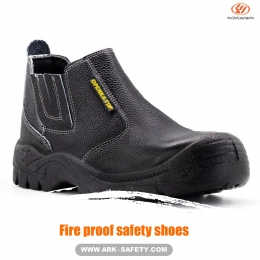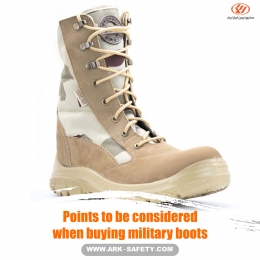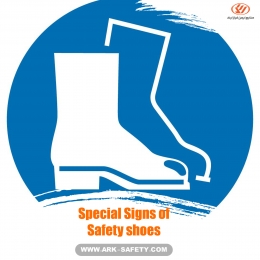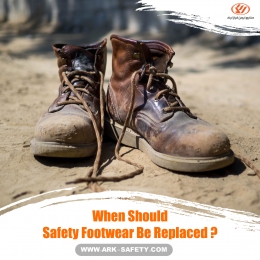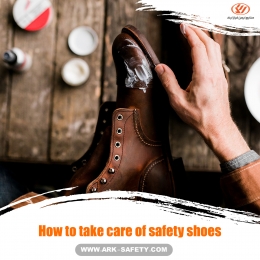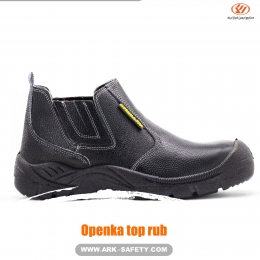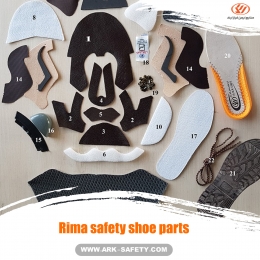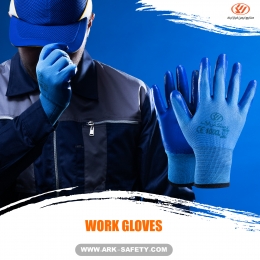Close
History and types of military boots
Soldiers in combat often find themselves trudging through dense forests or arid deserts, or climbing up mountains in weather conditions ranging from steamy hot to icy cold. In such situations the type of military boot they have been issued will play a key role in their individual survival. While this seems logical, it was not fully acknowledged by the American military until World War II (1939–45), when it was recognized that standard-issue leather boots were not suitable for all soldiers in all combat situations.
History of Military boots
For centuries, soldiers have worn military boots. Often such boots covered half of the leg and extended to the knee. A solidly built military boot was preferable to a common shoe, yet the importance of proper footwear for all soldiers went unacknowledged. During the War of 1812, for example, boots were issued only to generals and general staff officers, and not to common foot soldiers. Or in the American Civil War (1861–65), Union army artillerymen and cavalrymen (those fighting for the North) were issued boots while infantrymen, the soldiers most likely to spend long amounts of time marching, were issued only shoes.
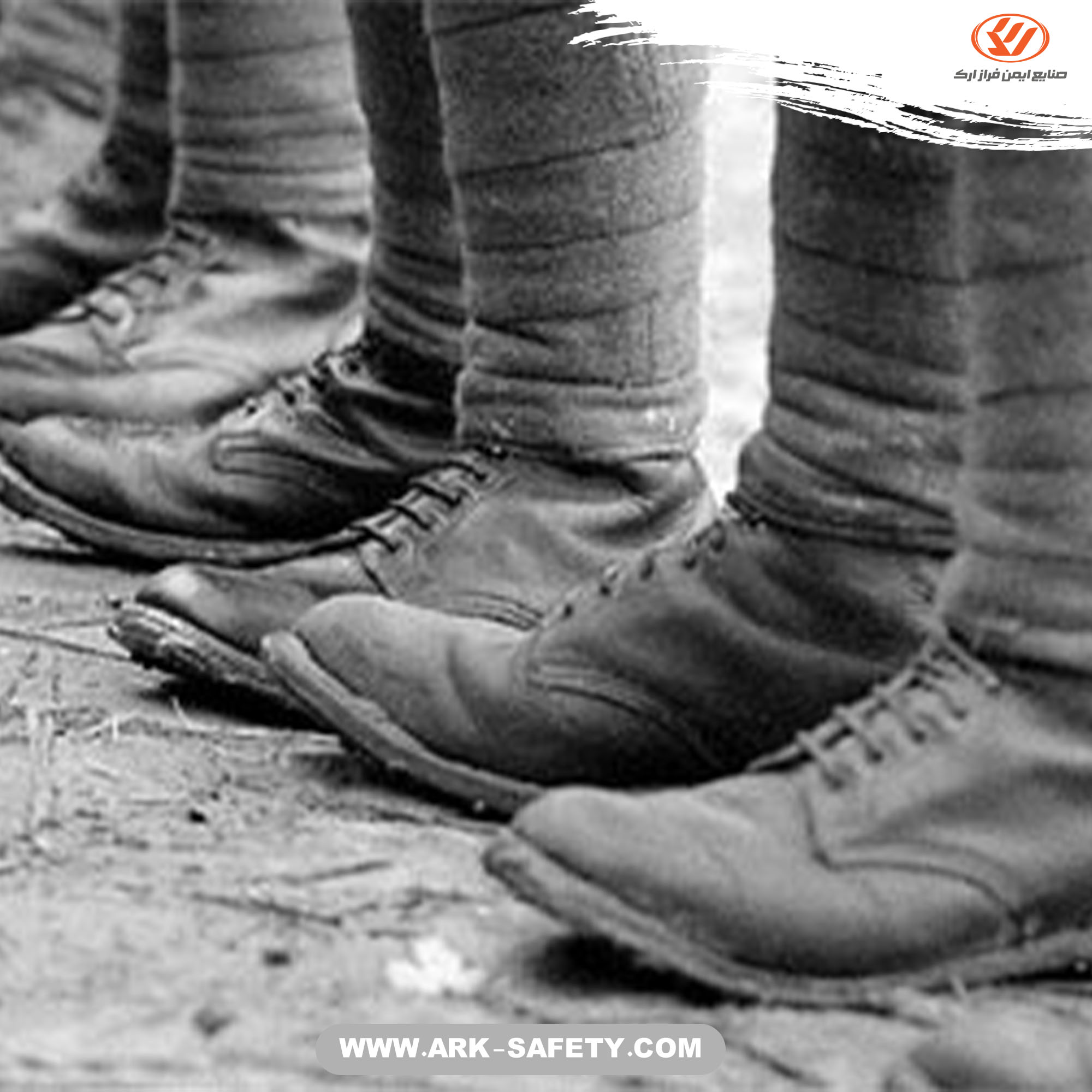

Eventually, military boots became more than status symbols worn by officers. Military boots were soon worn by all military men. While military boot styles evolved across the decades, they always were standardized. Some were knee-length, while others only reached the ankle; they were laced, made of leather, and either black or dark brown and etc.
Experiences from World War II have shown that inadequate coverage directly leads to increased casualties. During the war to retake the Alotian Islands (1,200 miles from the Alaskan Peninsula) from the Japanese, most civilian casualties were due to inadequate coverage and overexposure to cold weather. The foot of the trench, which resembles frostbite and results from direct exposure to cold weather, has become a common problem among American soldiers. In the final stages of the war, soldiers provided better clothing for the cold weather and replaced the Arctic's insulated shoes with leather boots.
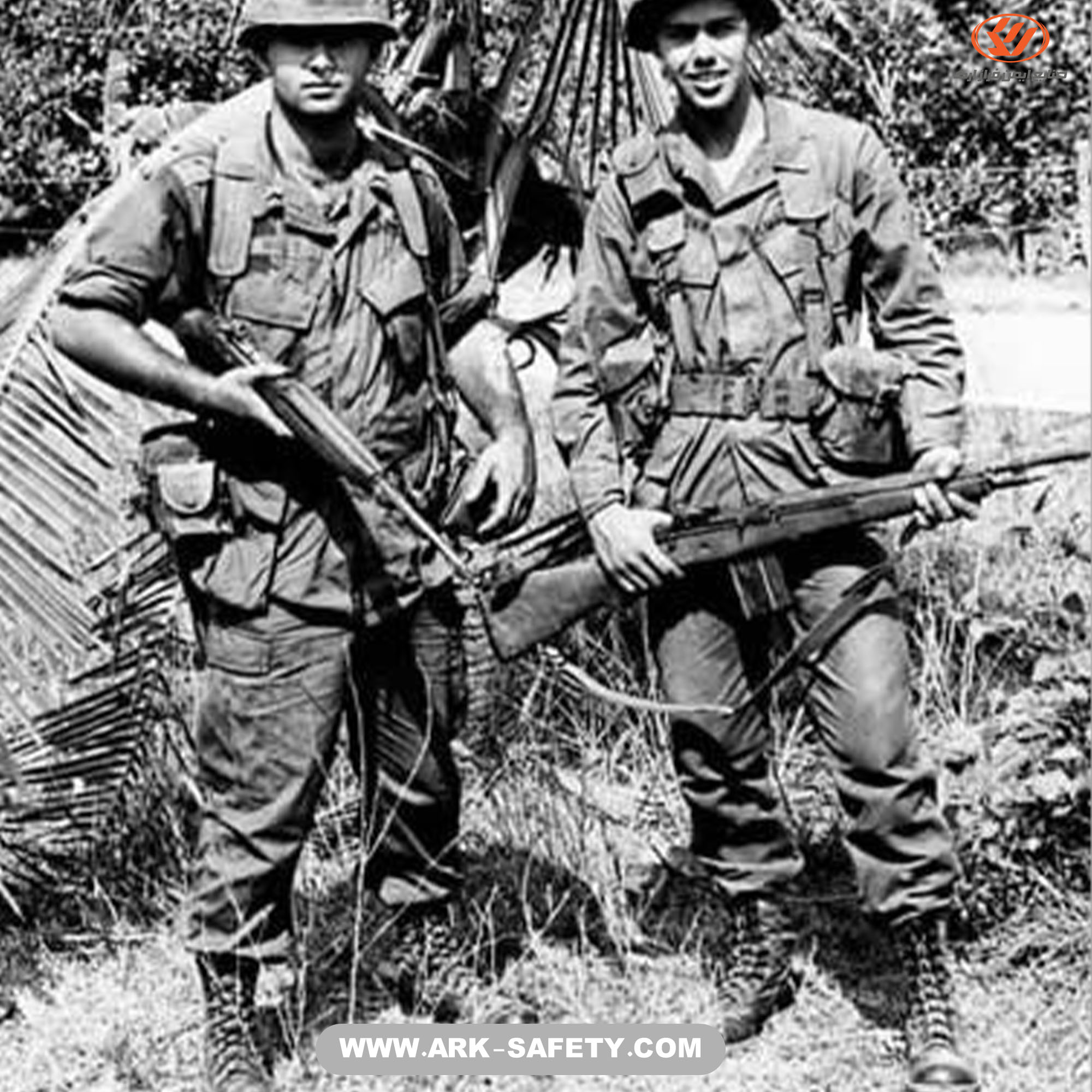

In the decades after World War II, different types of military boots were designed for different terrain as wars have brought American soldiers into the jungles of Vietnam and the deserts of the Middle East. In 1965, quick-drying polymer boots were produced for soldiers on their way to Vietnam. Latter-day military boots feature ripple soles: soles that look like teeth and allow the boot to more firmly grip the terrain. They also include removable inner soles.
The attention the military gave to boot styles brought the footwear to the attention of the public around World War II. Military boots called bluchers became especially popular with young civilian, or non-military, men in the 1940s. Bluchers were heavy-soled, black leather, laced shoes; they looked like thick-soled, clunky oxfords. Bluchers were worn on college campuses across the United States and Europe. By the twenty-first century all types of military boots and shoes were sold on the commercial marketplace and remained favorite styles for young people.
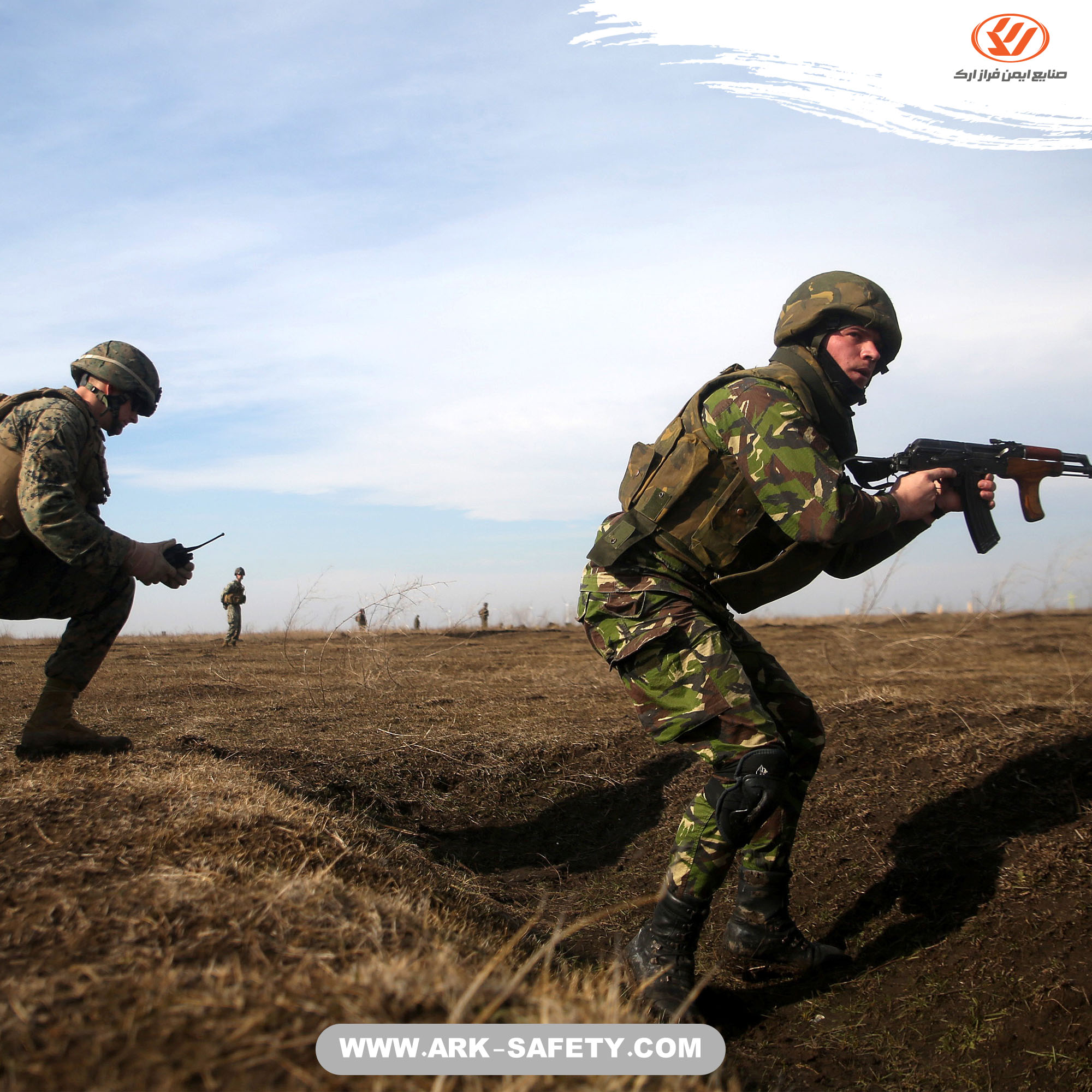

Types of military boots
Military boots are designed to handle any challenge while in training, on duty or in combat Military boots are an integral part of military uniforms and are designed to protect your feet from hazards and also providing extra comfort and stability, so you’re always ready for peak performance.
Military boots are produced for different climatic conditions such as forests, deserts, cold regions, tropical regions, etc. Traditional military boots were often made of hardened and sometimes waterproofed leather, but modern military boots are designed to provide a combination of grip, ankle stability, and foot protection suitable for a rugged environment.
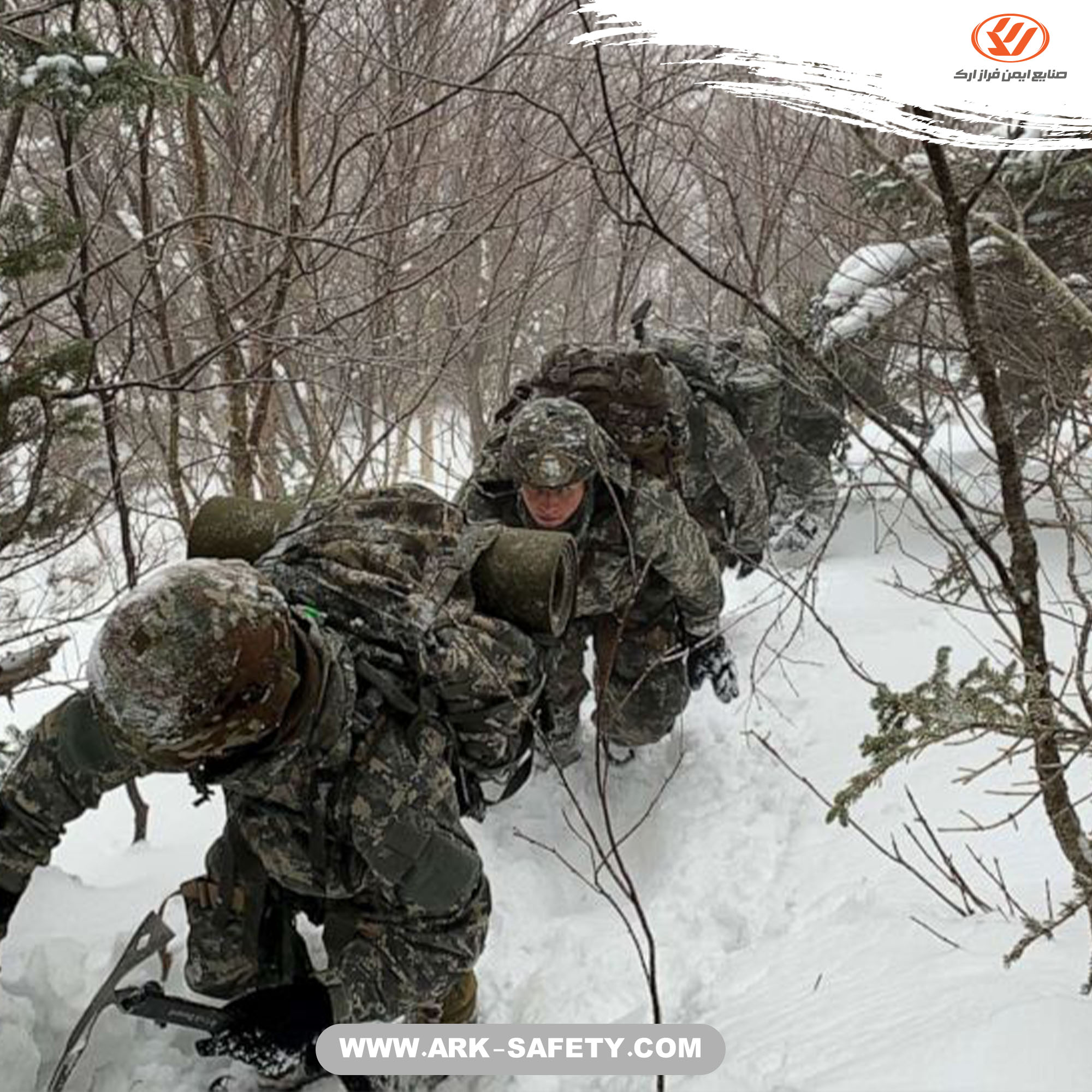

Other types of military boots include Tanker boots (to be used in mud environments) and Jumper boots (for parachuting). Whether you are stateside or deployed, you want to be sure that you have a good set of boots on your feet while serving in the military. Keeping your feet supported and comfortable while allowing them to breathe should be your priority when you select your footwear.
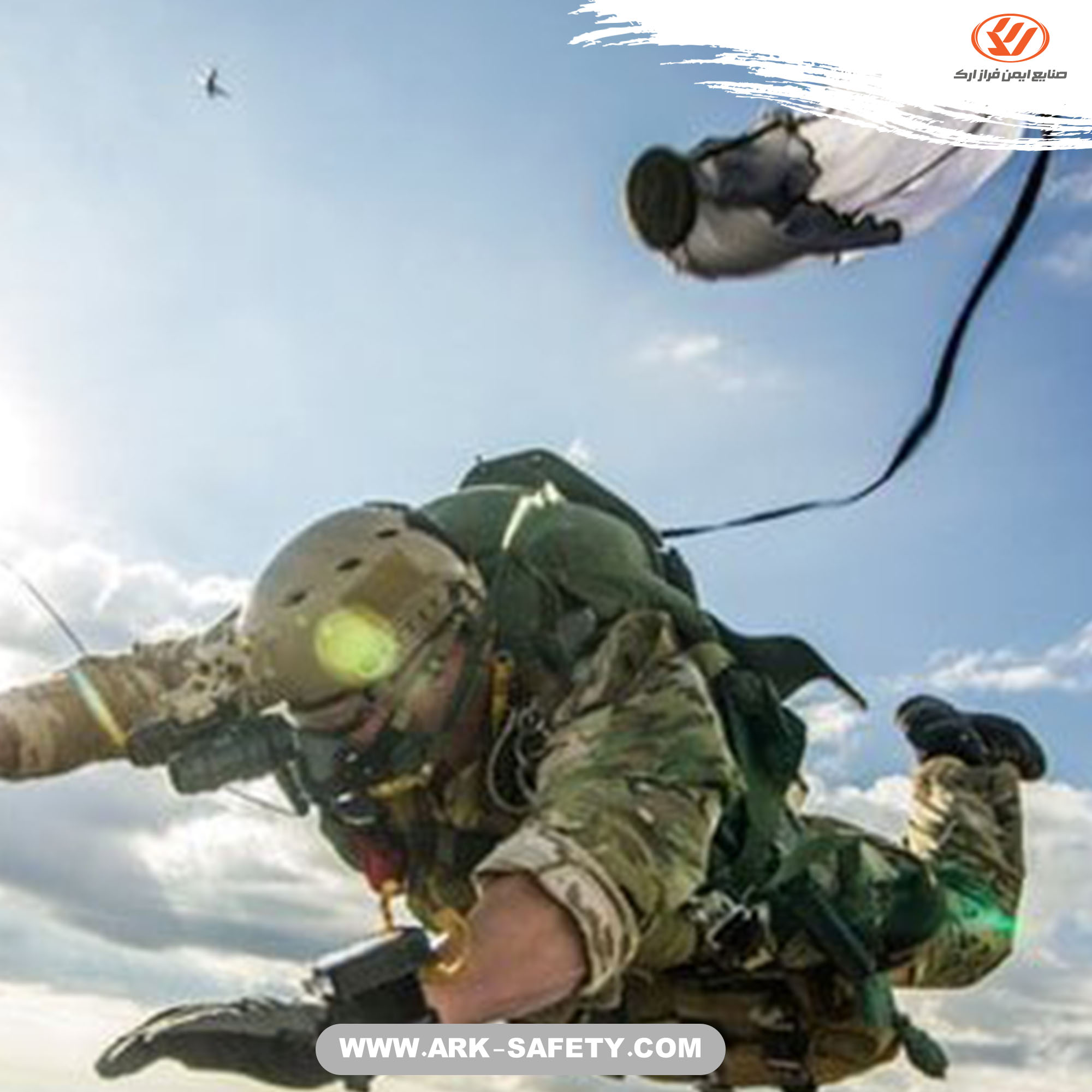

We offer a wide variety of military boots in different colors and styles, like boots for cold and warm regions, soldiers, army, IRGC, border troops, forestry troops and also water proof and Tank boots. You can visit our products on www.ark-safety.com and choose your favorite products according to your needs.
For further reading, we recommend reading the article "Types of shoe soles and their characteristics".
Souces:

 Military Shoe
Military Shoe
 Safety Shoe
Safety Shoe
 Work Wear
Work Wear
 Office Shoe
Office Shoe
 Hiking Shoe
Hiking Shoe
